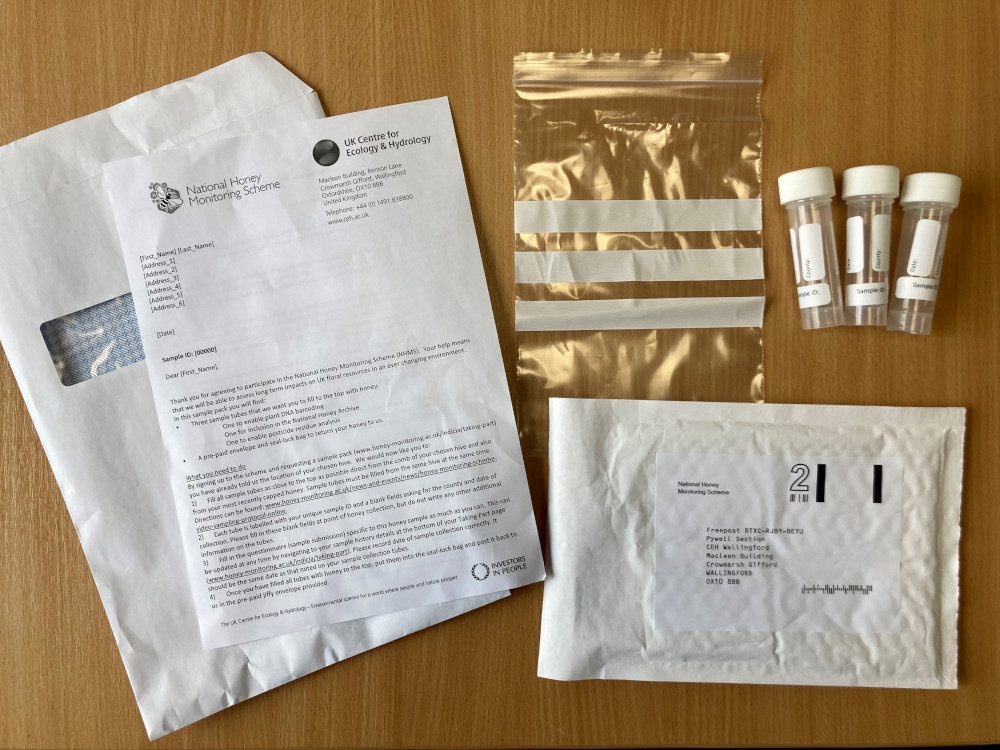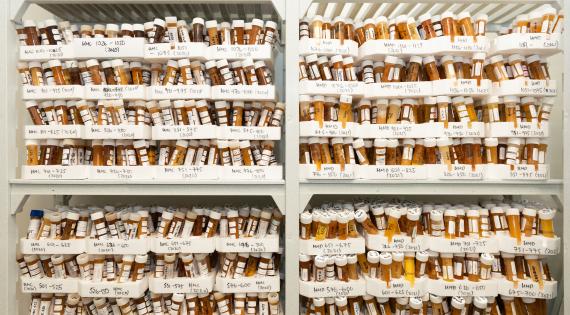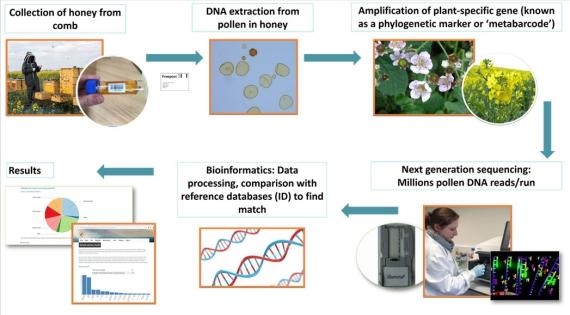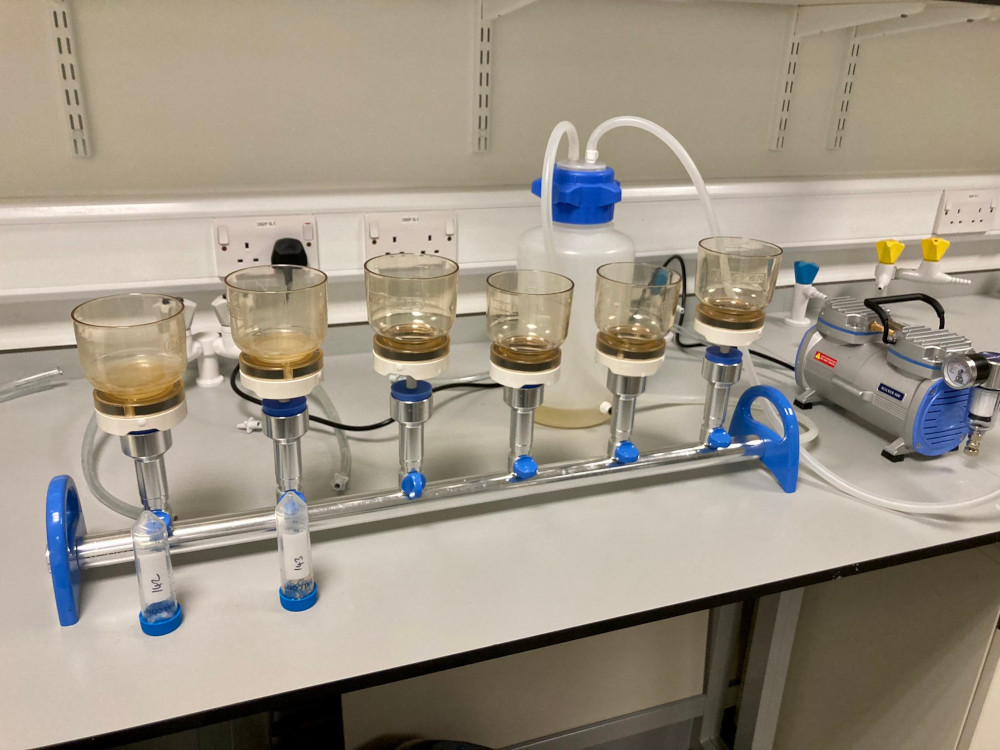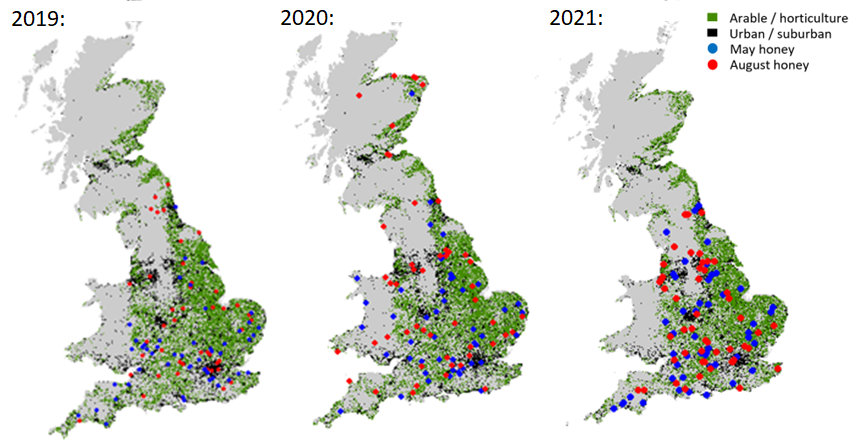Sample pack requests for 2025 are now closed. The next opportunity to take part will be in spring 2026. Please create an account if you wish to receive a newsletter confirming the exact date.
When sample pack requests reopen, you will be able to request one by following these steps:
To take part and request a sampling pack, you will need to have an account.
You can create a new account, or log in to an existing account, by clicking here (or simply use the "Log In" tab at the top of this page).
When you request a sampling pack, we post an envelope containing:
- instructions for collecting honey samples straight from the comb,
- 3 x labelled sampling tubes,
- a resealable plastic bag,
- a padded Freepost return envelope.
Your sampling pack should look like this when it arrives:
